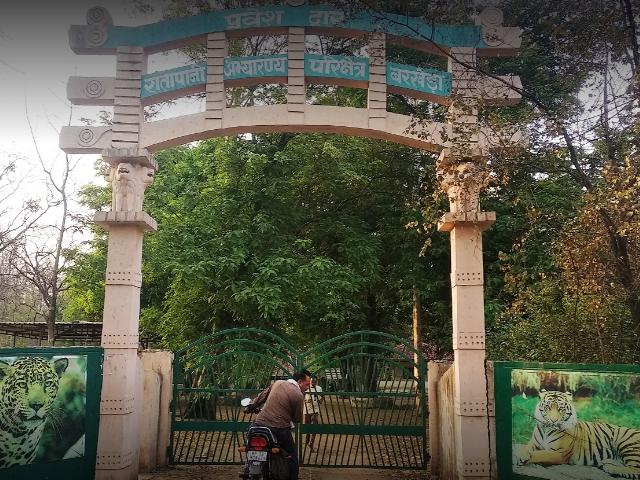A new tiger is likely to fill-up the space created by the tiger captured in sprawling campus of Maulana Azad National Institute of Technology (MANIT) in the state capital of Bhopal located in the Central Indian state of Madhya Pradesh. Presence of the big cat in the regional engineering college created panic among the students who were asked to vacate the hostels and return only after October 30. Though everybody should have been relieved after the big cat was caught, the forest department realized that not one but two tigers were prowling the campus. One of them is still roaming around somewhere near and may return soon. Catching the tiger is not the solution as the source population lives in nearby Ratapani sanctuary waiting for upgradation of its status to a tiger reserve for the last 14 years. Just do it, tigers of this sanctuary seems to be telling the government.
Urban Tigers Creating Territory In Concrete Jungle
A full grown ferocious tiger identified as T-21421 was caught in a cage. But it was not the tiger that was first spotted in MANIT. The tiger that troubled the engineering college was T-1234 and was resident of Kerwa forests on the outskirts of Bhopal. This is one of the two sub-adults who have been moving around with their mother in Kerwa forests. In fact, it is believed that there are more than six resident tigers termed as urban tigers of Bhopal- have been moving in the forest corridor on the city outskirts. The sub-adult first sighted in MANIT has been gradually detaching from her mother and looking for his own territory moving from one green patch to another. “This tiger must have fled the MANIT hillock after the entry of T-21421, a healthy and ferocious feline. He was released in a sanctuary on Satpuda tiger reserve in Pachmarhi on the same night of October 15.
Also read: Urban Tigers On The Prowl in Bhopal
This tiger was caught when the forest department was looking for the sub adult. As many as 16 camera traps are installed to catch the tiger image. “The sub adult was first sighted on October 1 while the other tiger had reached the campus around October 3 and his presence must have led to the exit of the sub adult”, those monitoring the tiger movement in Bhopal claimed. The presence of these tigers in residential localities of Bhopal has raised another issue –their satellite collaring to understand their movement. The tiger that was caught must have criss- crossed densely populated colonies of Bhopal as it travelled through fragmanted forest patches from Kathotia to MANIT hill.As no one in the forest department has any clue about the frequency and the residential locations visited by the tigers, they need to be monitored with the help of the collars. "And there was an opportunity to release the tiger in the same landscape to to manage the urban tigers and uderstand their spatio temporal ( space and time) movement within the city", experts said. "But the department officials chose to release it in Satpuda tiger reserve where the tiger is not expected to survive for long becuase of fight with other felines", the claimed.
Make Ratapani A Tiger Reserve
The tiger caught in MANIT was also collared before releasing in Satpuda tiger reserve. “Soon this tiger will be replaced by another tiger from the source population of Ratapani, about 40 kms away from Bhopal '', forest department sources said. There are about 60 tigers in Ratapani, a sanctuary which was given in-principle approval by the National Tiger Conservation Authority in 2008 to accord its status of a tiger reserve. Now the project is waiting for Shivraj Singh Chouhan government approval to issue a notification. “As and when the sanctuary is upgraded into a tiger reserve, it would be followed by large-scale conservation work including habitat development facilitating the movement of the tiger population jostling for space”, said NTCA sources.
Also read: Bhopal's Urban Tigers Need Tiger Reserve Not Chain-Links Mr Chief Minister
Though the parents of the urban tigers of Bhopal belong to Ratapani, they are known as they were born and brought up in the forests on the city outskirts of Bhopal. But this would also be followed by some restrictions that are not welcomed by the politicians, sources added, delaying the tiger reserve notification. The proposed tiger reserve would also have a large chunk of forest area from Budhni , the assembly segment represented by the chief minister himself. “But the government will have to show a political will”, NTCA sources said. But the government, they warned, it seems is awaiting major tiger conflict with humans in Bhopal before initiating mitigation strategy planning.
By Deshdeep Saxena




Comments
Post a Comment